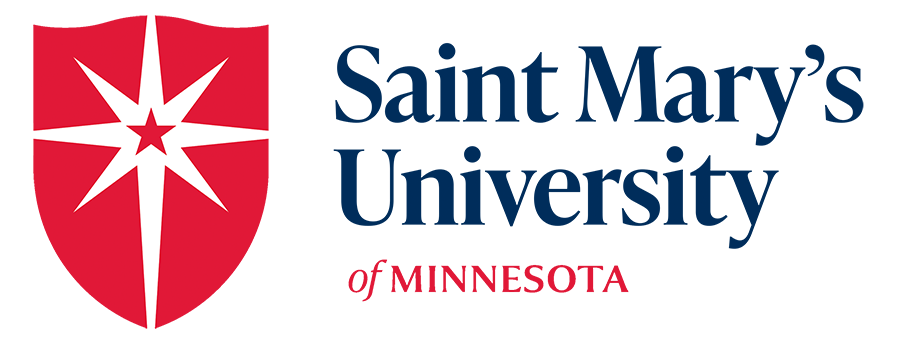On Being Culturally Responsive
By: Teresa Taylor, Ed.D., Culturally Responsive Teaching Program Director
As a Culturally Responsive Teaching instructor, I often hear statements from students related to the challenges of learning everything about all cultures in order to be responsive. Clearly, taking this approach can be overwhelming. I like to reframe this vast thinking approach to a more personal and relevant exploration that we all can relate to, and that is, ourselves.
Building cultural bridges begins with where one is at. Gaining effective skills and knowledge starts with an understanding of oneself, one’s own culture. We are all cultural beings, laden with culture whether it is in our conscious awareness or subconsciously guiding our thoughts and decisions. Students often hear me state that bridging the cultural divide involves two basic concepts: commonalities and differences.
Let’s examine the concept of commonalities. Similar to building rapport, communication with others through dialogue about commonalities helps connect people to one another. In being intent about finding cultural commonalities, this relationship-building process involves getting to know the cultural other through the sharing of our cultural selves. This involves being vulnerable, and it entails trust. A key to culturally responsive relationships is establishing and nurturing caring relationships with others.
Let’s examine the concept of differences. When we look at cultural differences, they are simply differences, not deficiencies. In being intent about understanding cultural differences, this relationship-building process involves withholding judgment based on our way of seeing things (our cultural lens) and getting to know the cultural other through a different perspective. This involves practicing the skill of empathy. A key to culturally responsive relationships is the ability to exercise multiple perspectives.
Being culturally responsive is often misunderstood as a specific way (such as learning certain techniques or skills) of doing things based on cultural categories. Intercultural growth and development starts with oneself. As we embrace who we are as cultural beings, we are able to make meaning of the perspectives and experiences of cultural others. Through critical examination of commonalities and differences, we can begin the process of building cultural bridges.


Recent Comments